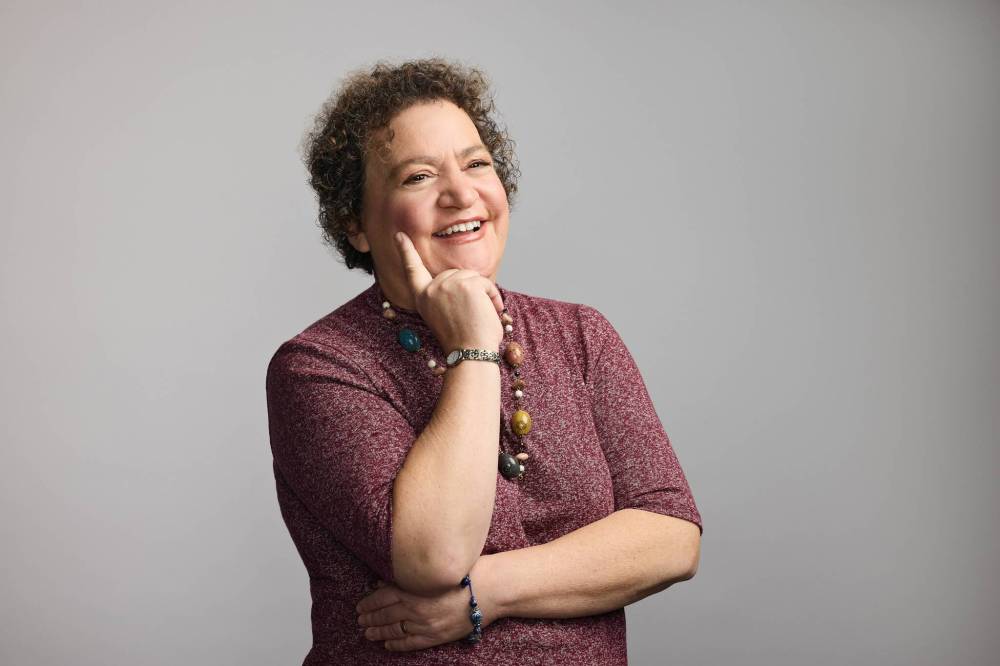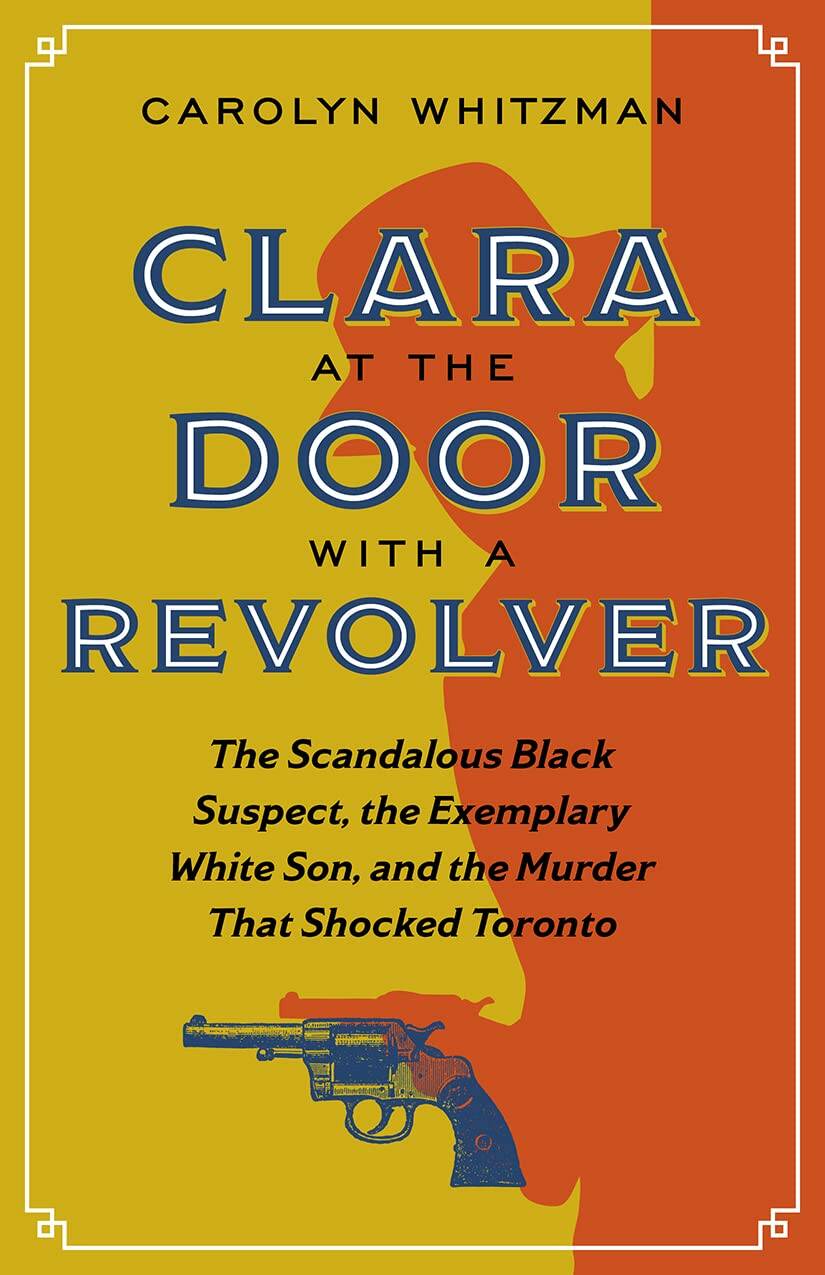Taking the stand
Groundbreaking 19th-century murder trial recalled in riveting, dramatic detail
Advertisement
Read this article for free:
or
Already have an account? Log in here »
To continue reading, please subscribe:
Monthly Digital Subscription
$0 for the first 4 weeks*
- Enjoy unlimited reading on winnipegfreepress.com
- Read the E-Edition, our digital replica newspaper
- Access News Break, our award-winning app
- Play interactive puzzles
*No charge for 4 weeks then price increases to the regular rate of $19.00 plus GST every four weeks. Offer available to new and qualified returning subscribers only. Cancel any time.
Monthly Digital Subscription
$4.75/week*
- Enjoy unlimited reading on winnipegfreepress.com
- Read the E-Edition, our digital replica newspaper
- Access News Break, our award-winning app
- Play interactive puzzles
*Billed as $19 plus GST every four weeks. Cancel any time.
To continue reading, please subscribe:
Add Free Press access to your Brandon Sun subscription for only an additional
$1 for the first 4 weeks*
*Your next subscription payment will increase by $1.00 and you will be charged $16.99 plus GST for four weeks. After four weeks, your payment will increase to $23.99 plus GST every four weeks.
Read unlimited articles for free today:
or
Already have an account? Log in here »
Hey there, time traveller!
This article was published 04/03/2023 (993 days ago), so information in it may no longer be current.
Clara at the Door with a Revolver is a riveting whodunit that will tell you who didn’t.
It is the 1890s in Toronto the Good, and society is as inflexible as starched collars. WASPs are not upper-case insects, but rather an unpleasant acronym for the ruling White Anglo-Saxon Protestants. Men are atop the food chain, ushering their families to churches often named Saint something.
It’s as if the England of white supremacy and the pomp and circumstance of British imperialism have been rubber-stamped Canadian.

Justin Van Leeuwen photo
Carolyn Whitzman
Then along comes Ottawa writer Carolyn Whitzman to explain, with authority, just how unjust a society this was for a very unconventional woman, and to acknowledge that in today’s world discrimination by colour, gender and sexual identity still exists in what she might well label today’s Toronto Not-So-Good. Her book is meaningful.
Whitzman lives in Ottawa. She is a housing policy researcher and author of Suburb, Slum, Urban Village: Transformations in Parkdale 1875-2000.
Clara Ford, 32, is Black — a mixed-race woman who likes to wear men’s clothes in public, may be bisexual and works downtown. She barely gets by. She is tough and resourceful and overwhelmingly intelligent. In 1894 she will be charged with the murder of a young white man named Frank Westwood, shot dead answering the door at home in Toronto’s then upper-income Parkdale area. Curiously, Clara is also his mother’s name.
In Ford’s day, says Whitzman, she lived in “a deeply racist, sexist, homophobic and transphobic world.” She will become the first woman to defend herself at trial in Canada and the first person described by a newspaper as “homosexual.” She eventually will win the world over as an endearing oddball.
Whitzman is at her best and most thoughtful when she explains in detail how racial discrimination, sexism, prejudice and ignorance affected the conduct of the public, the press, the cops and the judiciary. The results are almost always unfavourable to people like Ford.

Clara at the Door with a Revolver
At one time Ford had been a neighbour of Westwood in the suburb of Parkdale, and they didn’t get along. The Westwood family (Frank was the second son, born in 1876) lived in an unimpressive Parkdale villa named Lakeside Hall. There was a small shack behind it, rented to a family of four — three of them Black, including Clara. Frank and others didn’t think Blacks belonged in their neighbourhood, and said so.
It was late at night when Frank answered the door. His mother, upstairs, heard a sound like glass breaking and the thump of a body falling. She ran down and found Frank, clutching his stomach and blood seeping through his fingers. He told her he’d been shot.
Frank described the killer to a detective as a “medium-sized, relatively heavy-set middle-aged man in a dark overcoat and fedora. He had a thin moustache.” Frank was shot on Oct. 7 and died in hospital on Oct. 10, 1894.
Six weeks later Clara is arrested for murder. Detectives closet her in custody and challenge her innocence. They question her for over six hours straight. She claims Frank Westwood, some time ago, had tried to sexually assault her. She’s never cautioned that she could remain silent. They bully her into confessing to his murder. It is a hanging offence.
Toronto is made up largely of so-called journalists who never let the facts get in the way of a good story, competing to outdo each other for public attention. They judge more than they inform, and they may support Ford one day and defile her the next. They seek attention more than truth, and can say just about anything they want because they are totally without self-restraint and unchallenged. One even writes of Torontonians who say Ford drinks blood.

Supplied
Clara’s confession, detailed here in the Nov. 21, 1894 Toronto News, was an open secret from the first.
“Race played a role in the unequal justice system of the day,” writes Whitzman. “Black Canadians and Indigenous people, as offenders, received much harsher sentences than white men, and women of colour rarely won cases against white male assailants.”
Clara goes to trial, recants her confession and testifies on her own behalf. She is more orator than defendant. She is on the stand for over three hours.
“Clara knew how to grab a hostile audience’s attention and get it on her side,” writes Whitzman, “because she would have been exposed as a child to 19th century black oratorical skills — measured cadence, self-deprecating humor, exaggeration and earthy metaphor.”
After a four-and-a-half day trial, and her impactful testimony, the all-male jury sets her free. And the packed public gallery and the crowds outside the courthouse rejoice.
Barry Craig is a retired journalist.




